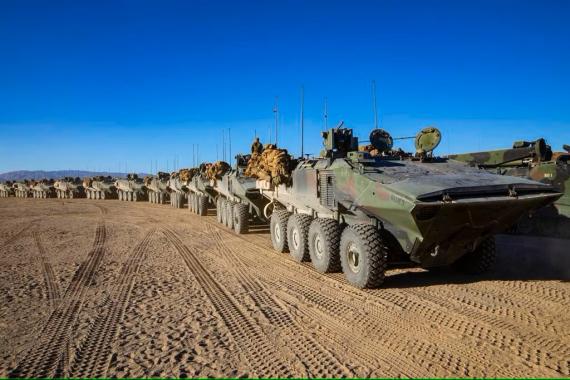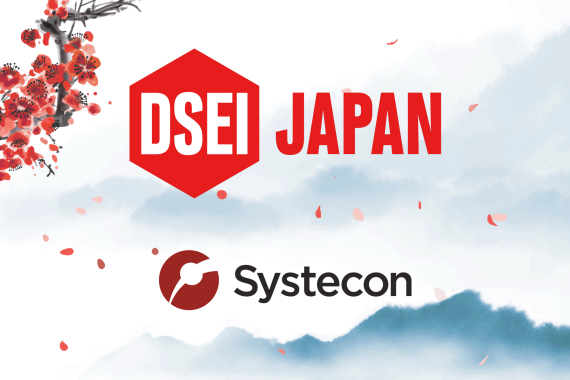
Opus Evo – Tactical Optimization of Dynamic Scenarios
Opus Evo is a game changing addition to Opus Suite, introducing new, unique capabilities within logistics support optimization. The first release of Opus Evo provides two main capabilities - tactical optimization of the procurement of spare parts and support equipment for defined budget periods and optimization of maintenance capabilities for international missions and other deployed operations.
Opus Suite users and supportability engineers worldwide strive to deliver the best possible analyses and recommendations to support decision making - in contexts and situations that are often both complex and vital for overall success. Systecon’s aim with Opus Evo is to further empower these efforts by adding new, powerful analysis capabilities to the broad range already available in Opus Suite - giving decision makers the data-driven analysis that they need for critical decisions throughout the system life cycle.
Discover more below about the two main capabilities currently available:
- Deployed Operations Planner - powered by Opus Evo
- Tactical Logistics Support Procurement Optimizer - powered by Opus Evo
A strong complement to OPUS10, SIMLOX, and CATLOC…
The groundbreaking approach of Opus Evo provides new flexibility and application areas within logistics support optimization, primarily in dynamic scenarios with short to medium time frames. This makes Opus Evo a strong complement to the optimization, simulation, and cost analysis capabilities already available in OPUS10, SIMLOX, and CATLOC.
…using the same scenario model
For current users of OPUS10 or SIMLOX, it is easy to get started with Opus Evo, as all the analysis tools in Opus Suite use the same data model. Opus Evo optimizations can use the scenario models already built in OPUS10 or SIMLOX, as well as their input and output data.
Opus Evo – one optimization engine with several modules
Opus Evo utilizes cutting-edge, heuristics-based mathematical optimization together with simulation and analysis to provide a new range of powerful strategic and tactical decision-making tools. Read more about the Opus Evo optimization approach here.
Related Content
Major Australian Defense Program Selects Systecon's Opus Evo to Deliver Tactical Optimization
Ensuring Mission Success: Maximizing Mission Capability through Strategic and Tactical Optimization
Authors: Axel Nyberg, Ph.D. Algorithm Lead, Systecon and Olle Wijk, Ph.D. Senior Consultant, Systecon
Re-establishing Defence Capabilities. Quickly - and wisely
Author: Dr. Patrik Alfredsson, Senior Partner, Systecon
Read more about the first two Evo-modules currently available below.

More on the Opus Evo optimization approach
Opus Evo utilizes meta-heuristic evolutionary algorithms in combination with simulation and/or conventional mathematical optimization. This approach gives a lot of freedom and flexibility, both when selecting which variables to optimize, when defining one or several optimization targets (performance, cost, volume, weight, etc), and finally when it comes to including all the relevant details, dynamics, dependencies and sophistications of a given scenario (system configuration, support organization, operational profile, etc).



